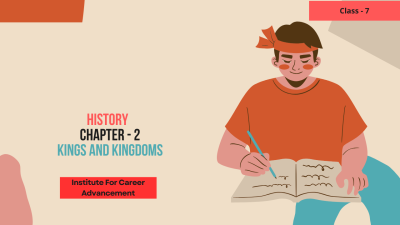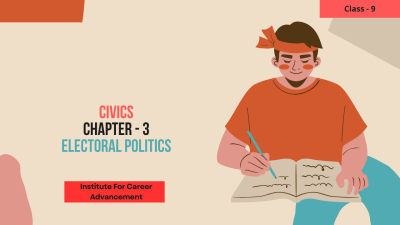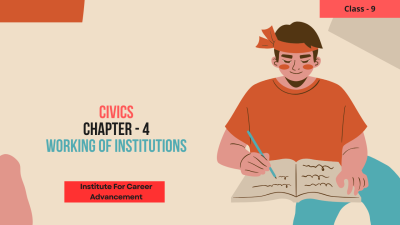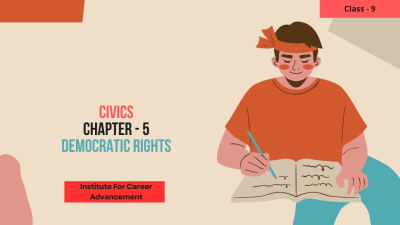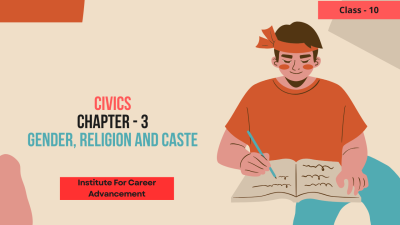Gender, Religion and Caste - Class 10
 Compare
Compare
Gender, Religion, and Caste is a subject that explores the intersection of these three social categories and their impact on individuals, communities, and societies. It examines the ways in which gender, religion, and caste can shape identities, opportunities, and experiences.
Key aspects of this subject:
Gender roles and stereotypes: The expectations and behaviors associated with being a man or a woman in different cultural contexts.
Religious diversity and discrimination: The experiences of different religious groups, including discrimination and prejudice.
Caste-based discrimination: The challenges faced by individuals from lower-caste backgrounds, including social exclusion and economic inequality.
Intersectionality: The ways in which gender, religion, and caste can interact to create unique experiences of discrimination and privilege.
Social justice and equality: The struggle for social justice and equality in relation to gender, religion, and caste.
This subject aims to promote understanding, empathy, and critical thinking about these complex social issues.
লিঙ্গ, ধর্ম এবং বর্ণ এমন একটি বিষয় যা এই তিনটি সামাজিক বিভাগের ছেদ এবং ব্যক্তি, সম্প্রদায় এবং সমাজের উপর তাদের প্রভাব অন্বেষণ করে। এটি লিঙ্গ, ধর্ম এবং বর্ণ কীভাবে পরিচয়, সুযোগ এবং অভিজ্ঞতাকে রূপ দিতে পারে তা পরীক্ষা করে।
এই বিষয়ের মূল বিষয়গুলিঃ
লিঙ্গ ভূমিকা এবং স্টেরিওটাইপসঃ বিভিন্ন সাংস্কৃতিক প্রেক্ষাপটে একজন পুরুষ বা মহিলা হওয়ার সাথে সম্পর্কিত প্রত্যাশা এবং আচরণ।
ধর্মীয় বৈচিত্র্য এবং বৈষম্যঃ বৈষম্য এবং কুসংস্কার সহ বিভিন্ন ধর্মীয় গোষ্ঠীর অভিজ্ঞতা।
বর্ণ-ভিত্তিক বৈষম্যঃ সামাজিক বর্জন এবং অর্থনৈতিক বৈষম্য সহ নিম্ন-বর্ণের পটভূমির ব্যক্তিদের সম্মুখীন হওয়া চ্যালেঞ্জ।
আন্তঃবিভাগীয়তাঃ লিঙ্গ, ধর্ম এবং বর্ণ বৈষম্য এবং বিশেষাধিকারের অনন্য অভিজ্ঞতা তৈরি করতে যোগাযোগ করতে পারে এমন উপায়।
সামাজিক ন্যায়বিচার ও সমতাঃ লিঙ্গ, ধর্ম ও বর্ণের ক্ষেত্রে সামাজিক ন্যায়বিচার ও সমতার জন্য সংগ্রাম।
এই বিষয়টির লক্ষ্য হল এই জটিল সামাজিক বিষয়গুলি সম্পর্কে বোঝাপড়া, সহানুভূতি এবং সমালোচনামূলক চিন্তাভাবনা প্রচার করা।

